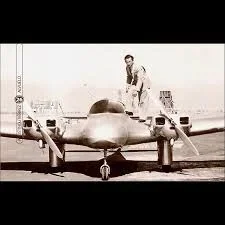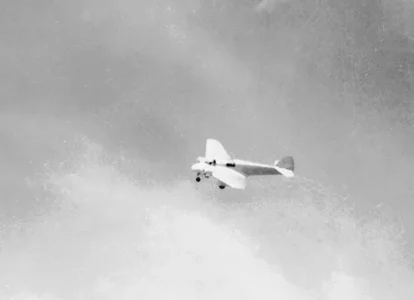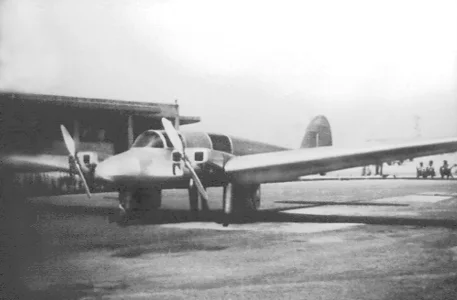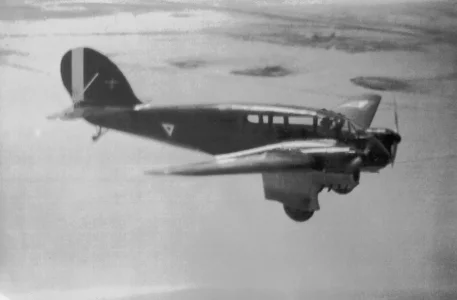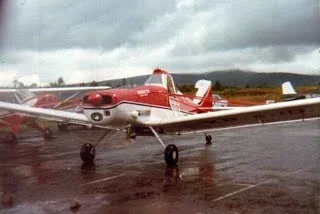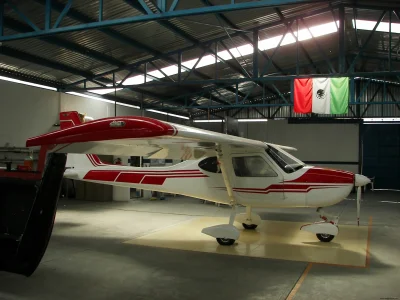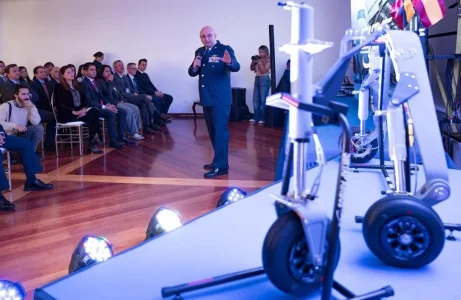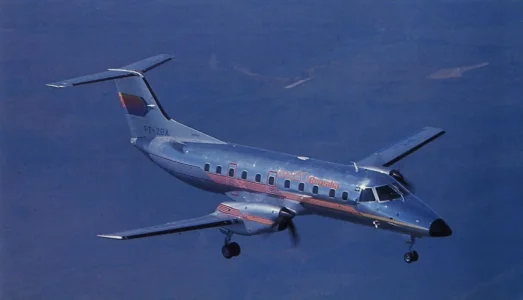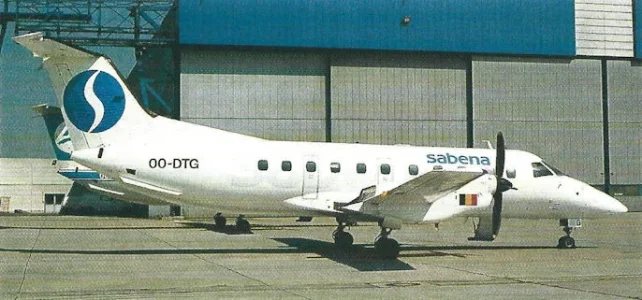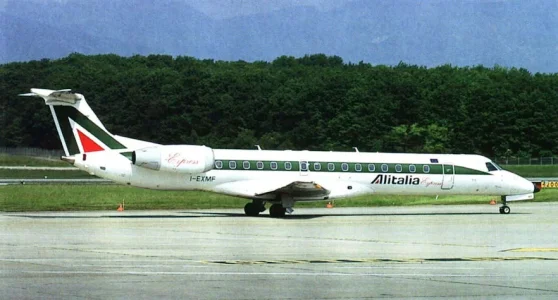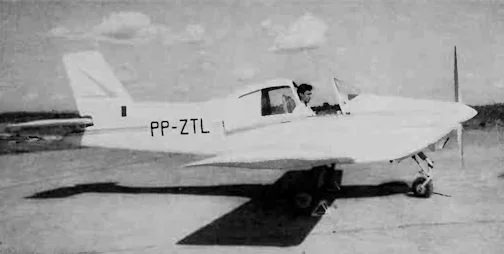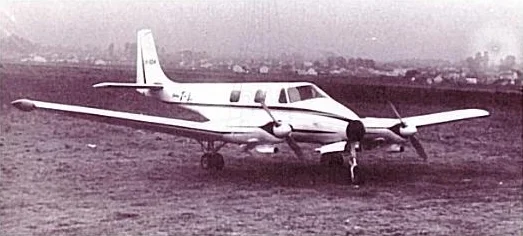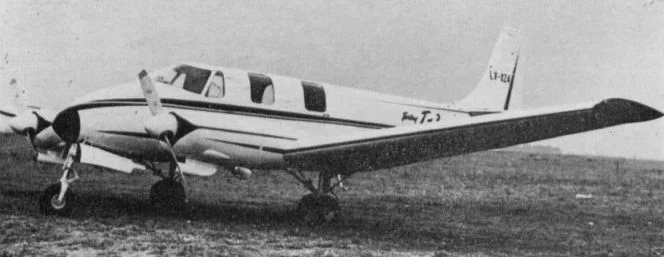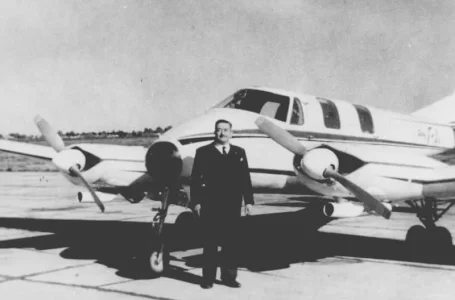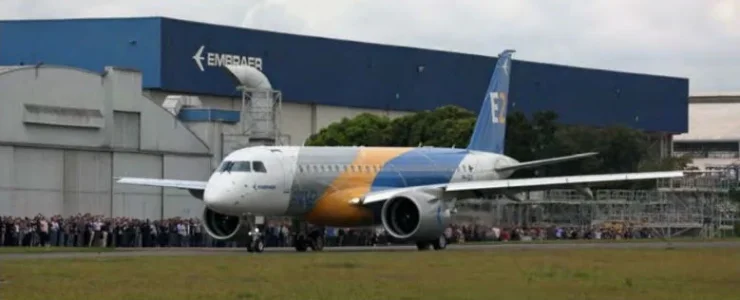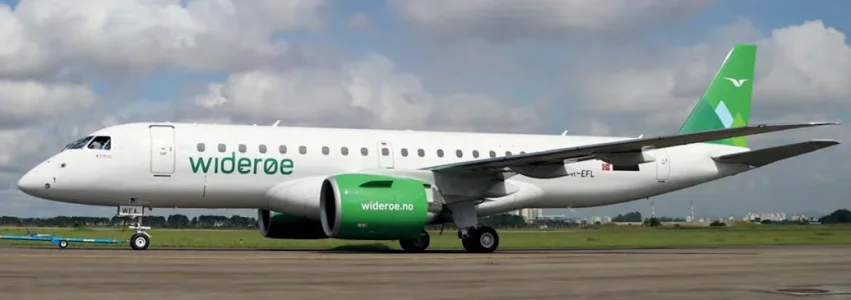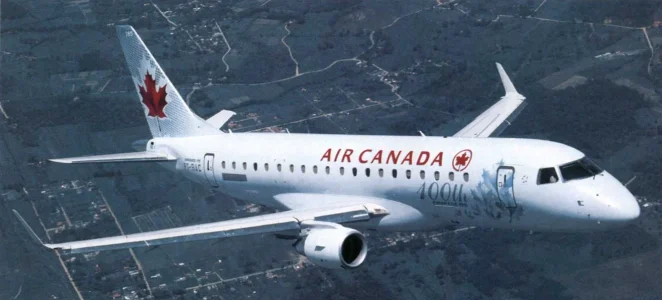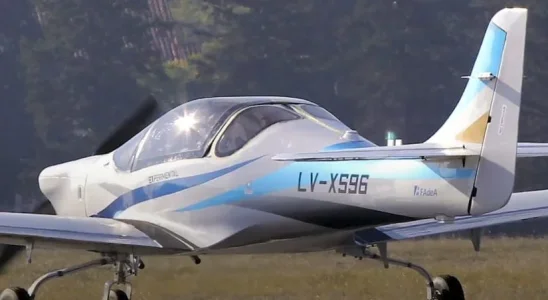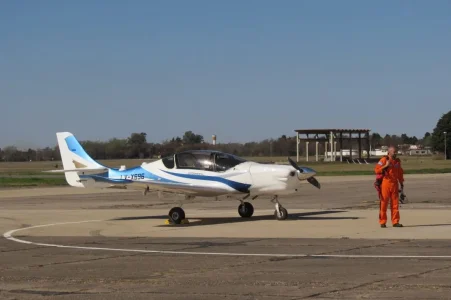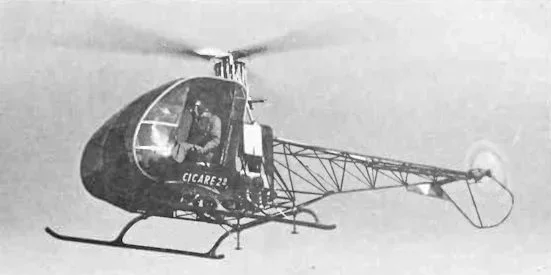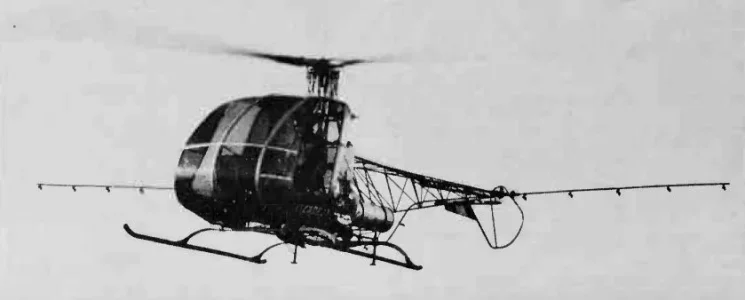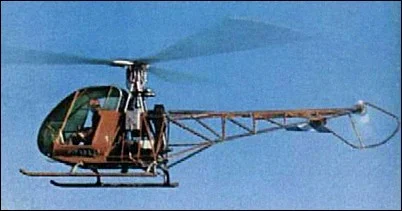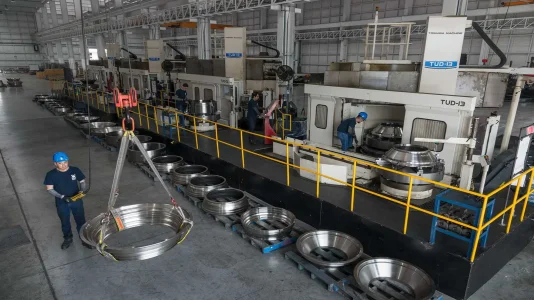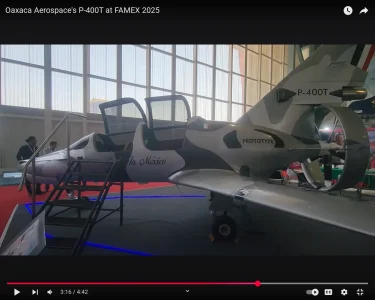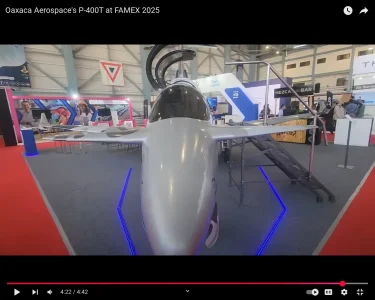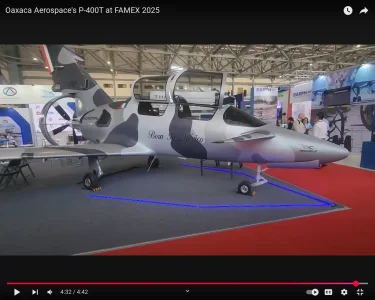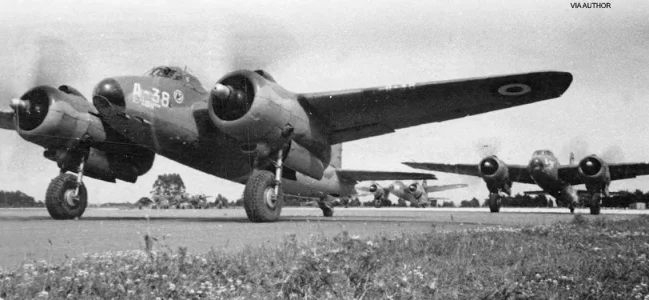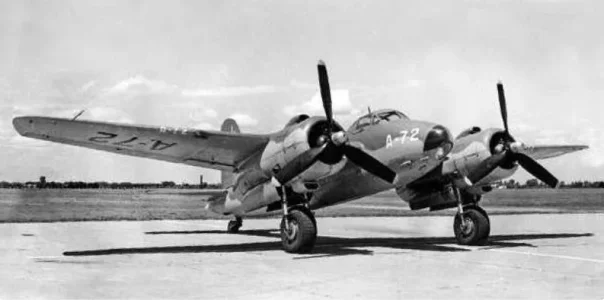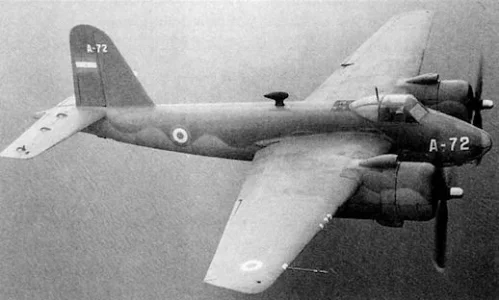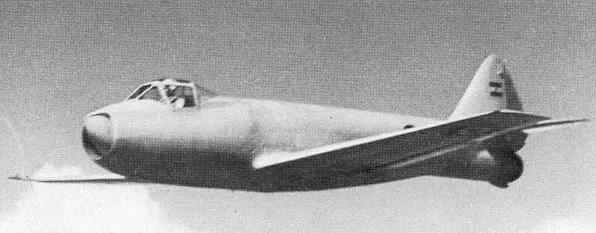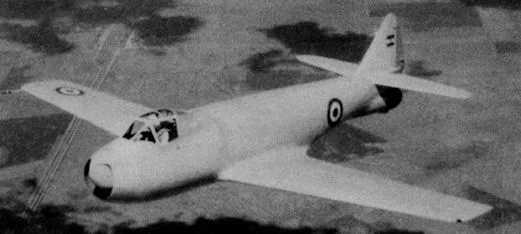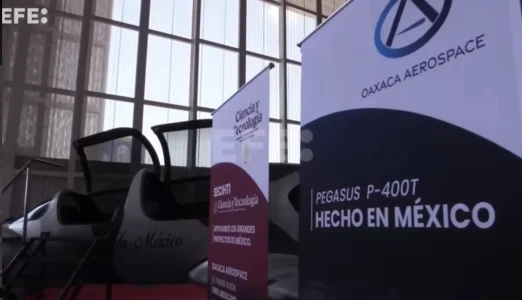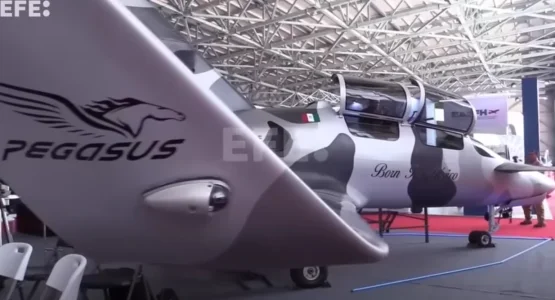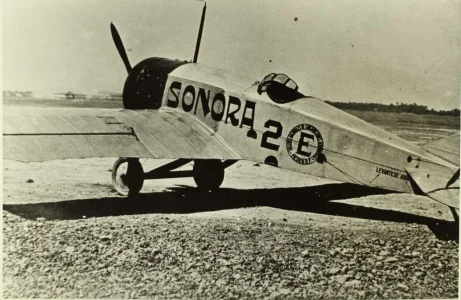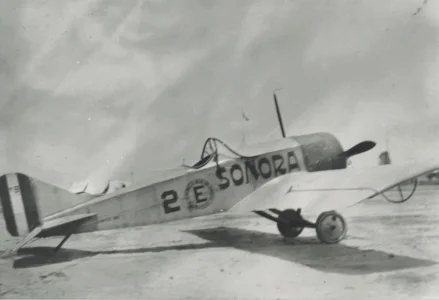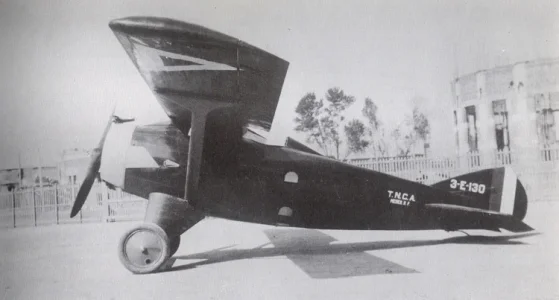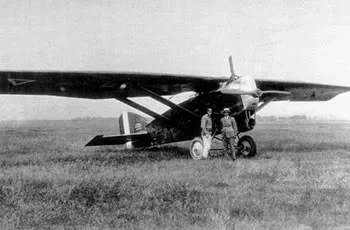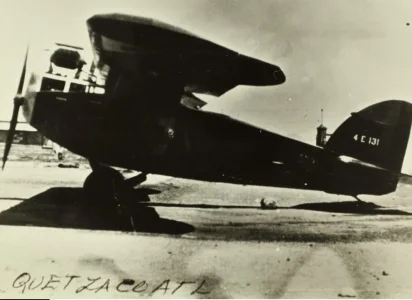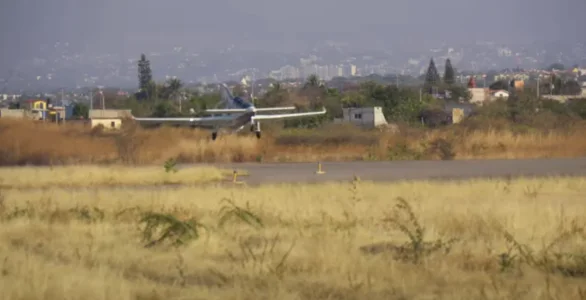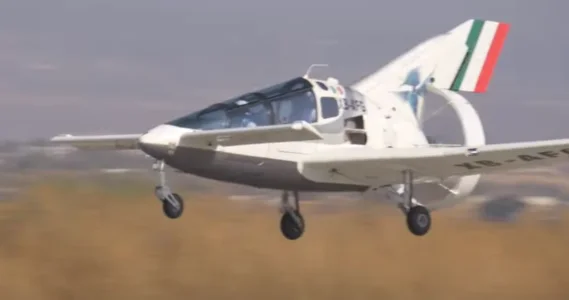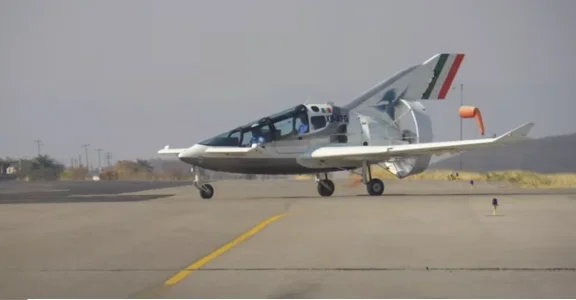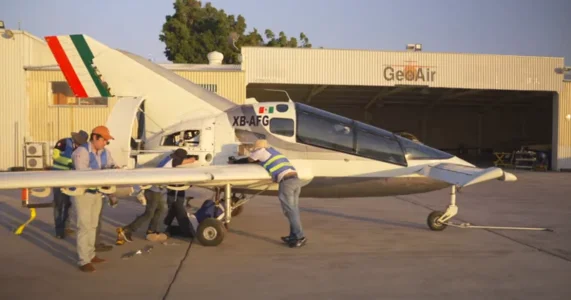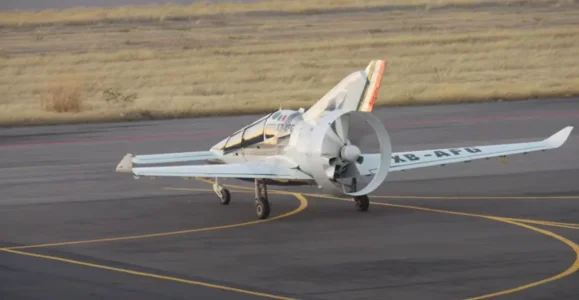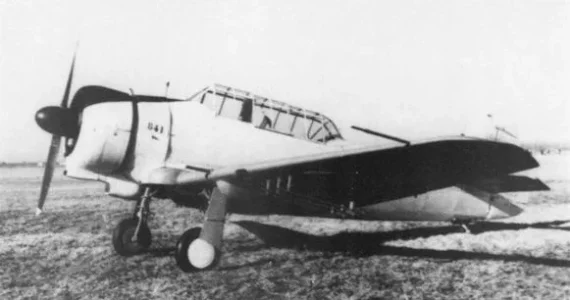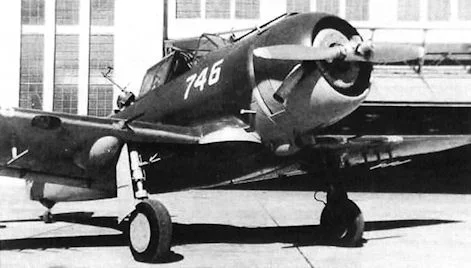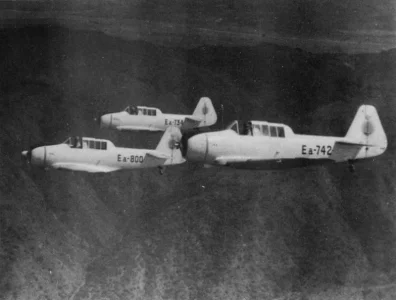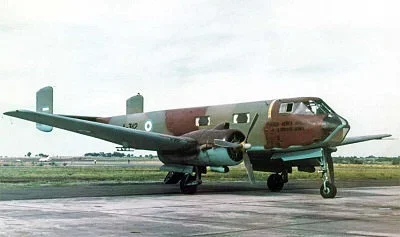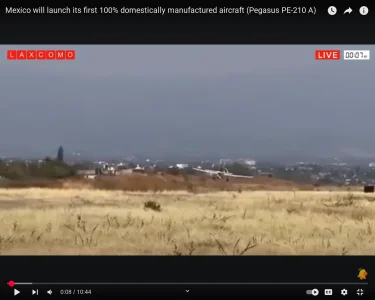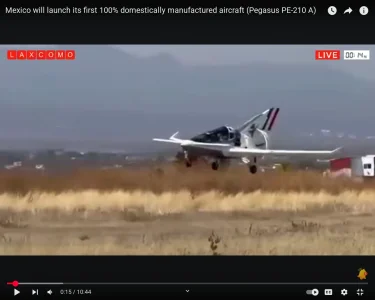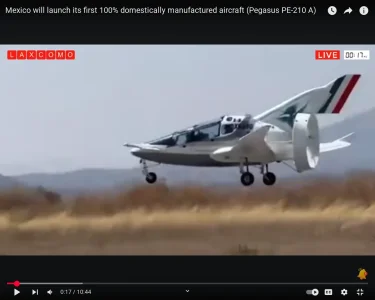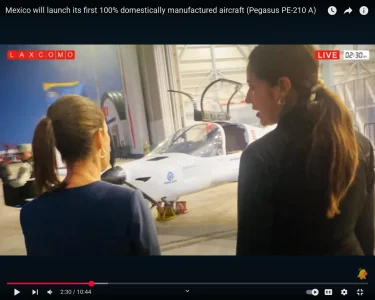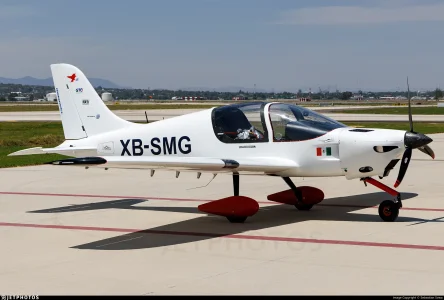- Joined
- Jul 3, 2024
- Messages
- 1,668
- Likes
- 2,266
The aerospace industry continues to face uncertainty as tariffs are imposed and withdrawn, compounding existing challenges like supply chain disruptions and parts shortages. The unpredictable tariff landscape has heightened concerns over delivery delays and slowed production.
Negotiations between airlines and manufacturers are underway to determine who will bear the cost of tariffs. Delta Air Lines has announced its preference to delay aircraft deliveries rather than absorb the additional costs. CEO Ed Bastian emphasized that the airline will not pay tariffs on incoming aircraft.
Manufacturers are also seeking clarity as rising costs and market hesitation slow production. In February, Airbus CEO Guillaume Faury indicated that if tariffs take effect, the company may shift its focus to non-US clients. Delays have also affected shipments of RTX engines as the company works to comply with the United States-Mexico-Canada Agreement (USMCA).
The aerospace sector has largely avoided direct tariff impacts, thanks to compliance with agreements like the USMCA. President Donald Trump clarified that products meeting USMCA standards would not be subject to tariffs, a stance confirmed by both Airbus and Boeing.
However, broader supply chain pressures persist, exacerbated by a 25% tariff on aluminum and steel. In March, Boeing's CFO Brian West expressed concern about these tariffs limiting access to critical components. Howmet Aerospace, a key supplier to both Airbus and Boeing, declared a force majeure event in response to potential trade restrictions, warning it may halt deliveries.
Aircraft orders, typically placed years in advance, now face delays that could increase costs for manufacturers and ultimately lead to higher airfares. Historically, aerospace products have benefited from duty-free trade under agreements involving the United States and Canada since 1979, although Mexico has been excluded.
View: https://www.youtube.com/watch?v=kMC--S-KfiA
Guillaume Faury, CEO of Airbus, warned about the impact that a trade escalation with the United States would have on the aeronautics industry and called for avoiding retaliatory tariffs. “It is an industry that today operates without tariffs,” he emphasized during the Airbus Summit 2025, while urging other countries not to follow the protectionist path of Donald Trump's administration.
“It's important for the rest of the world not to discuss tariffs, to remain calm and not to increase the possibility of tariffs beyond the United States,” the CEO of the largest global commercial aircraft manufacturer noted.
Unlike other sectors, commercial aviation depends on a highly globalized supply chain. Aircraft, like automobiles, are assembled from components produced in a variety of countries, from engines to electronics to airframes. A tariff in the industry will not only drive up production costs, but will also affect the competitiveness of companies, forcing them to seek alternatives that are not always viable in terms of cost or quality.
The commercial aviation market remains highly concentrated. According to the consulting firm Mordor Intelligence, five companies control 90.62% of the industry, with Airbus in first position, followed by ART, Embraer, Boeing and United Aircraft Corporation.
The importance of the United States in the sector is not minor. According to an analysis by Mordor Intelligence, this country retains the most dynamic market globally, “due to increasing levels of air transport and the growing number of commercial aircraft orders from major airlines, which is also boosting prospects at the regional level”.
Airbus has 20 manufacturing sites around the world, where different parts of the aircraft are produced and assembled, which are then sent to final assembly lines where the entire aircraft is manufactured. These plants depend on thousands of suppliers around the world, which produce around 80% of the aircraft before they reach the final facilities.
Airbus' call comes against a backdrop of growing trade tensions, where economies such as those in Europe, Canada and even China have responded to protectionist measures by the United States with tariffs on key products. This adds pressure to the company's supply chain, which is facing increased demand for aircraft.
View: https://www.youtube.com/watch?v=UEhblIwN_XQ
The aerospace industry in Mexico will grow 14.7% by 2030, according to Camexa
According to data provided by Camexa, this year the size of this sector is estimated at $2.65 billion.
View: https://www.youtube.com/watch?v=oJNH-H6qmRA

Today I have the honor of interviewing Alejandro Cardona Seemann, President of Safran Mexico, who shares his extensive experience in the aerospace industry.
Together, we discussed Safran's industrial footprint in Mexico, the crucial role of talent development and education in the sector, and the major trends shaping the future of the industry, such as decarbonization and electromobility. Alejandro also offers valuable advice for young people looking to launch a career in the aerospace industry.
Negotiations between airlines and manufacturers are underway to determine who will bear the cost of tariffs. Delta Air Lines has announced its preference to delay aircraft deliveries rather than absorb the additional costs. CEO Ed Bastian emphasized that the airline will not pay tariffs on incoming aircraft.
Manufacturers are also seeking clarity as rising costs and market hesitation slow production. In February, Airbus CEO Guillaume Faury indicated that if tariffs take effect, the company may shift its focus to non-US clients. Delays have also affected shipments of RTX engines as the company works to comply with the United States-Mexico-Canada Agreement (USMCA).
The aerospace sector has largely avoided direct tariff impacts, thanks to compliance with agreements like the USMCA. President Donald Trump clarified that products meeting USMCA standards would not be subject to tariffs, a stance confirmed by both Airbus and Boeing.
However, broader supply chain pressures persist, exacerbated by a 25% tariff on aluminum and steel. In March, Boeing's CFO Brian West expressed concern about these tariffs limiting access to critical components. Howmet Aerospace, a key supplier to both Airbus and Boeing, declared a force majeure event in response to potential trade restrictions, warning it may halt deliveries.
Aircraft orders, typically placed years in advance, now face delays that could increase costs for manufacturers and ultimately lead to higher airfares. Historically, aerospace products have benefited from duty-free trade under agreements involving the United States and Canada since 1979, although Mexico has been excluded.
View: https://www.youtube.com/watch?v=kMC--S-KfiA
Guillaume Faury, CEO of Airbus, warned about the impact that a trade escalation with the United States would have on the aeronautics industry and called for avoiding retaliatory tariffs. “It is an industry that today operates without tariffs,” he emphasized during the Airbus Summit 2025, while urging other countries not to follow the protectionist path of Donald Trump's administration.
“It's important for the rest of the world not to discuss tariffs, to remain calm and not to increase the possibility of tariffs beyond the United States,” the CEO of the largest global commercial aircraft manufacturer noted.
Unlike other sectors, commercial aviation depends on a highly globalized supply chain. Aircraft, like automobiles, are assembled from components produced in a variety of countries, from engines to electronics to airframes. A tariff in the industry will not only drive up production costs, but will also affect the competitiveness of companies, forcing them to seek alternatives that are not always viable in terms of cost or quality.
The commercial aviation market remains highly concentrated. According to the consulting firm Mordor Intelligence, five companies control 90.62% of the industry, with Airbus in first position, followed by ART, Embraer, Boeing and United Aircraft Corporation.
The importance of the United States in the sector is not minor. According to an analysis by Mordor Intelligence, this country retains the most dynamic market globally, “due to increasing levels of air transport and the growing number of commercial aircraft orders from major airlines, which is also boosting prospects at the regional level”.
Airbus has 20 manufacturing sites around the world, where different parts of the aircraft are produced and assembled, which are then sent to final assembly lines where the entire aircraft is manufactured. These plants depend on thousands of suppliers around the world, which produce around 80% of the aircraft before they reach the final facilities.
Airbus' call comes against a backdrop of growing trade tensions, where economies such as those in Europe, Canada and even China have responded to protectionist measures by the United States with tariffs on key products. This adds pressure to the company's supply chain, which is facing increased demand for aircraft.
View: https://www.youtube.com/watch?v=UEhblIwN_XQ
The aerospace industry in Mexico will grow 14.7% by 2030, according to Camexa
According to data provided by Camexa, this year the size of this sector is estimated at $2.65 billion.
View: https://www.youtube.com/watch?v=oJNH-H6qmRA

Today I have the honor of interviewing Alejandro Cardona Seemann, President of Safran Mexico, who shares his extensive experience in the aerospace industry.
Together, we discussed Safran's industrial footprint in Mexico, the crucial role of talent development and education in the sector, and the major trends shaping the future of the industry, such as decarbonization and electromobility. Alejandro also offers valuable advice for young people looking to launch a career in the aerospace industry.

